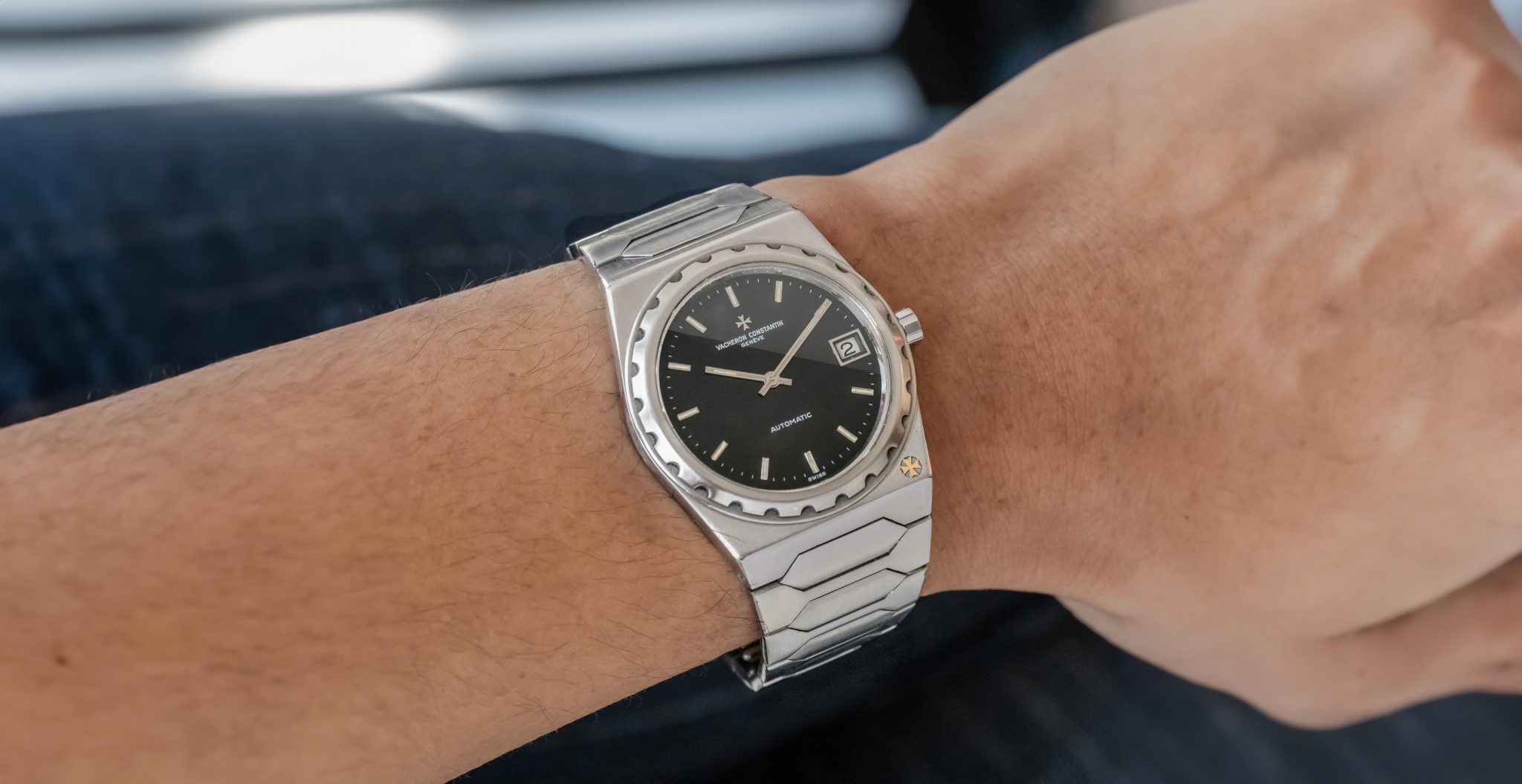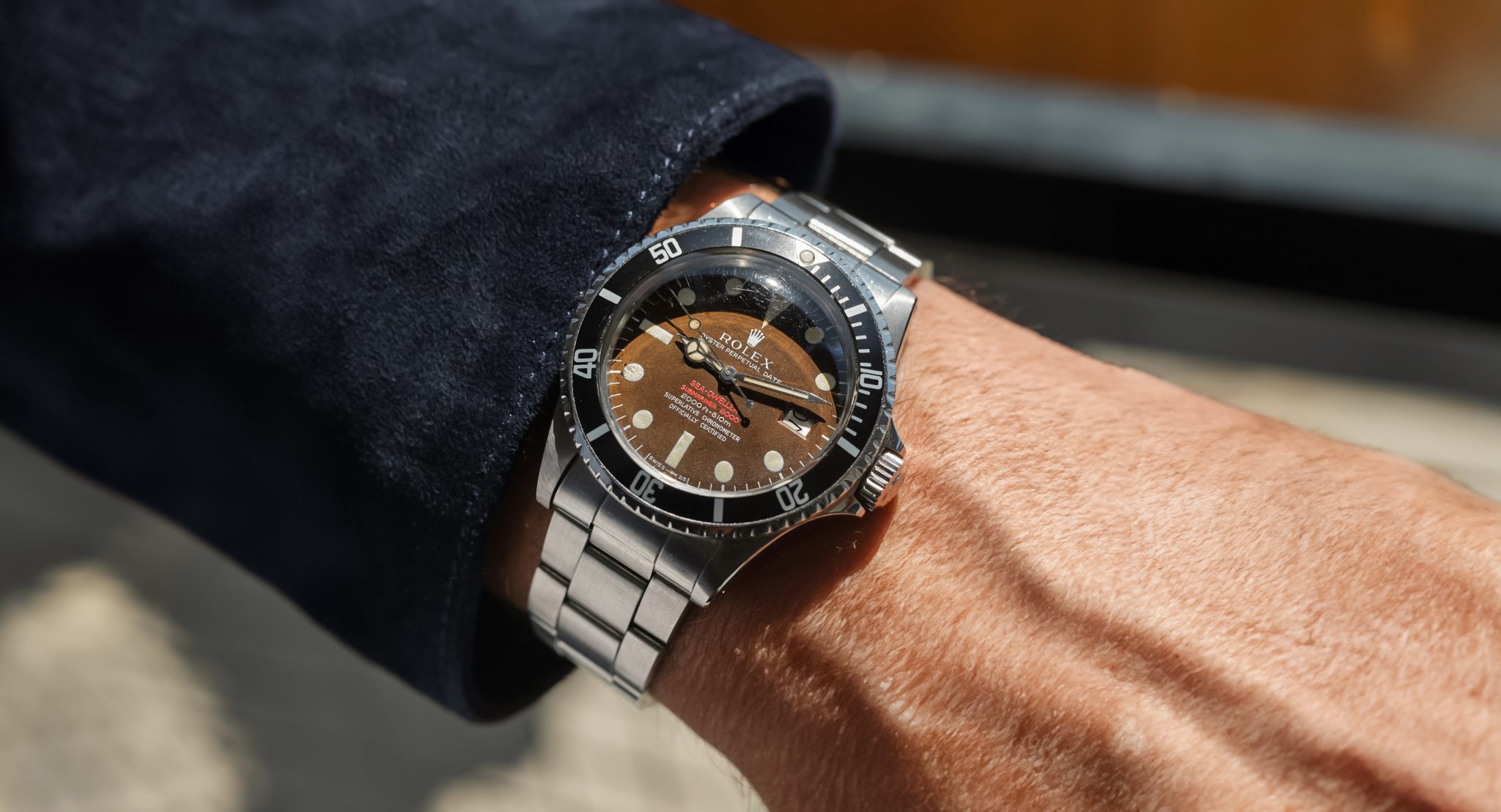
Charles Frodsham Double Impulse Chronometer
It’s not often discussed in these terms, but in the very early days of watchmaking, before even pocket watches were commonplace, the Swiss looked toward the English as the more established regional watchmaking industry. It was only after John Calvin banned things like dancing and the wearing of jewelry that the Swiss turned their focus from jewelry and adapted it to watchmaking. There is a proud and long tradition of English watch and clockmaking that fell by the wayside last century. Only a few watchmakers carry on the illustrious old English style of watchmaking today, with the kind of seriousness as if they were carrying a nation’s bloodline. First it was George Daniels and Derek Pratt, then Roger Smith. You could make the argument for Speak-Marin and Stephen Forsey, but they are Englishmen working inside of Switzerland. Today, it’s really just Roger Smith and Charles Frodsham carrying on that tradition. You might not have heard of Frodsham, but then great artists are rarely appreciated in their time.


Frodsham began in 1834 and despite many different ownership structures, it has owner recently focused on wristwatches, since the direction of Philip Whyte and Richard Stenning in 1997. The two pioneered the use of the oil-less double impulse escapement in wristwatches, an innovative escapement architecture used developed by George Daniels and Derek Pratt (who actually helped here) previously only in pocket watches. It took sixteen years of development. Much of Frodshams operations were devoted to fixing their old clocks and pocket watches, but in the background a new trail was being blazed. The Double Impulse Chronometer launched in 2018, made entirely just outside of London.
This is a three-hander that reveals its character in the details. There are two separate mainsprings and gear trains impulsing the escapement. A three-armed bridge (who does that?). Its dial is not grand feu, but ceramic and far more durable. It is machine lapped, which gives a deep glassy sheen reminiscent of porcelain. It’s hard enough that the edge of the petite seconds track can be beveled, perfectly. Everything is machined by Frodsham except the main/balance springs and jewels. But the jewels are from their old stock, intended for small pocket watches in the 1800s. And the springs arrive flat, Frodsham roll and bend each spring into precisely the curve they desire. This level of expertise across disciplines is impossibly rare. Maybe a Haldimann or Smith could say the same. That means their production rivals the above names, about 12 watches per year. It’s one of the most significant English watches of the last century.

At 12 per year, whenever one comes up for sale it’s a big deal. In 2019, if you could get one new the privilege would run you 92K USD. One sold at Perpetual in ’21 for 184K. Loupe This sold one earlier this year at 225K. And now this, coming to Phillips Geneva in rose gold. Did you know dancing is still banned in some parts of Switzerland on religious holidays? Support dancing, buy English. Godspeed.








